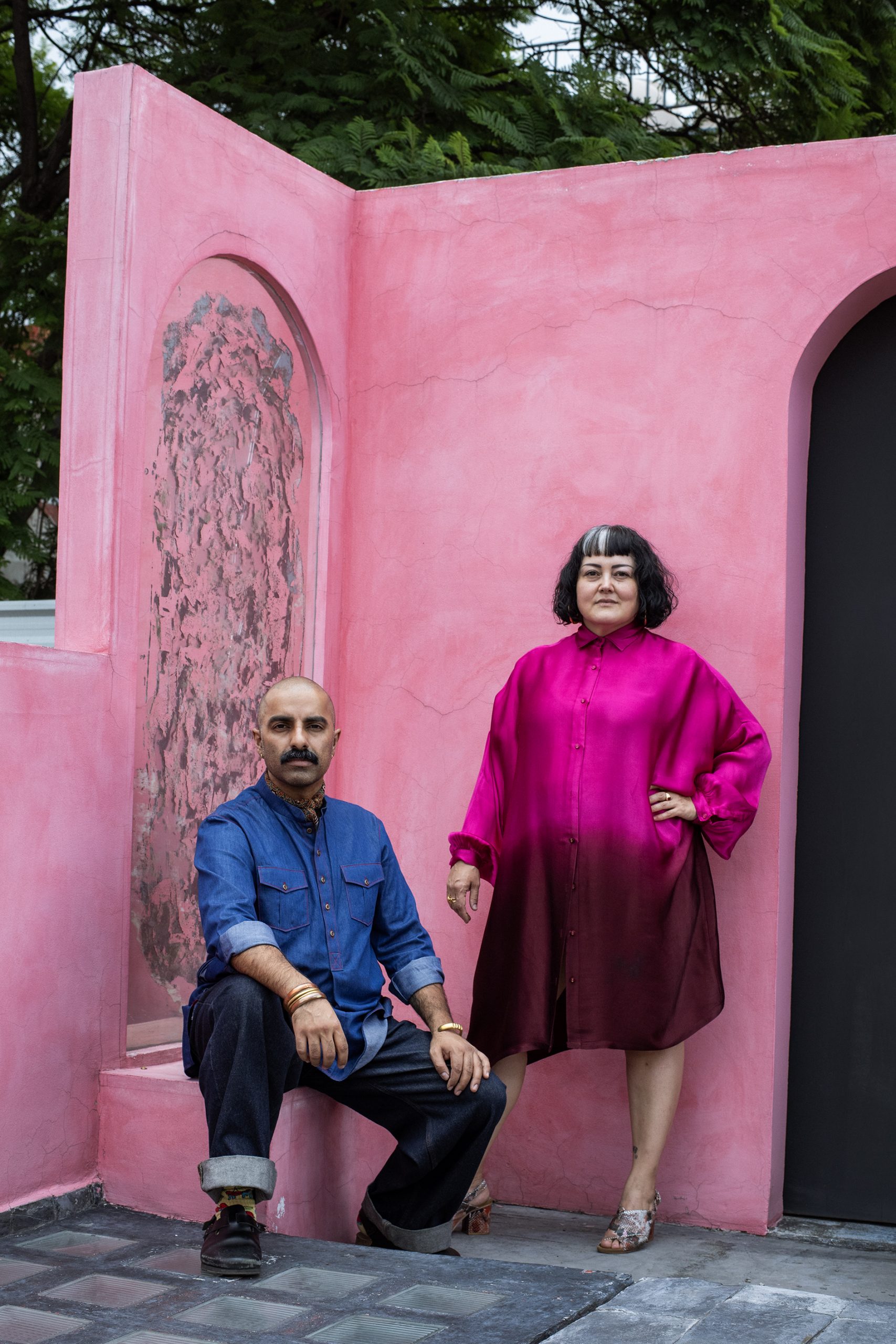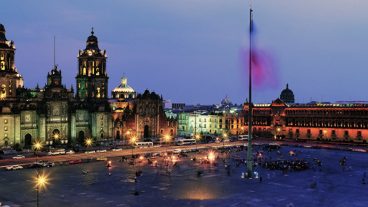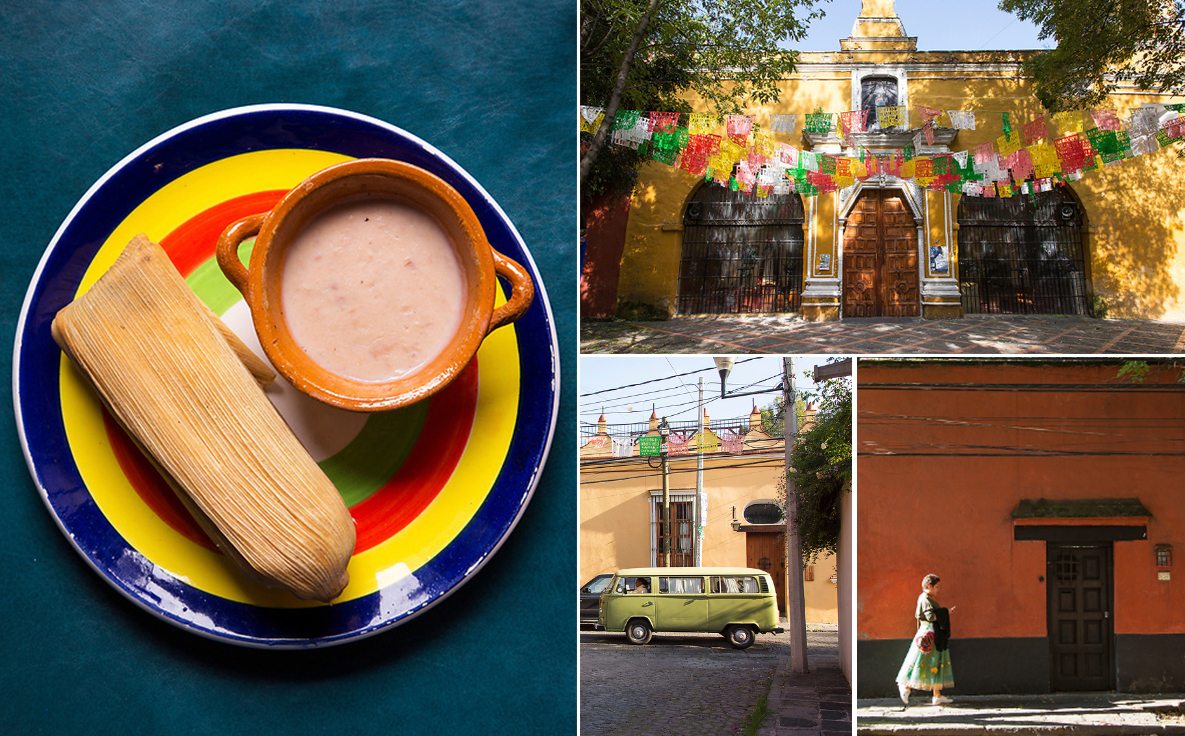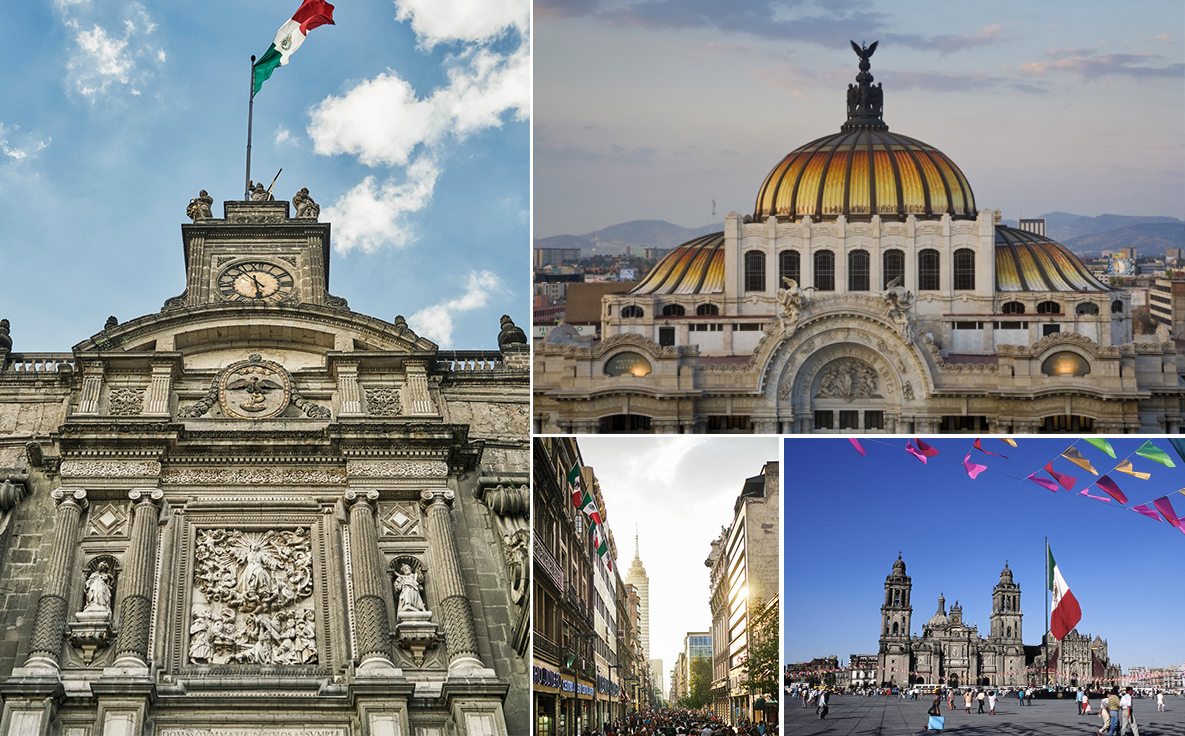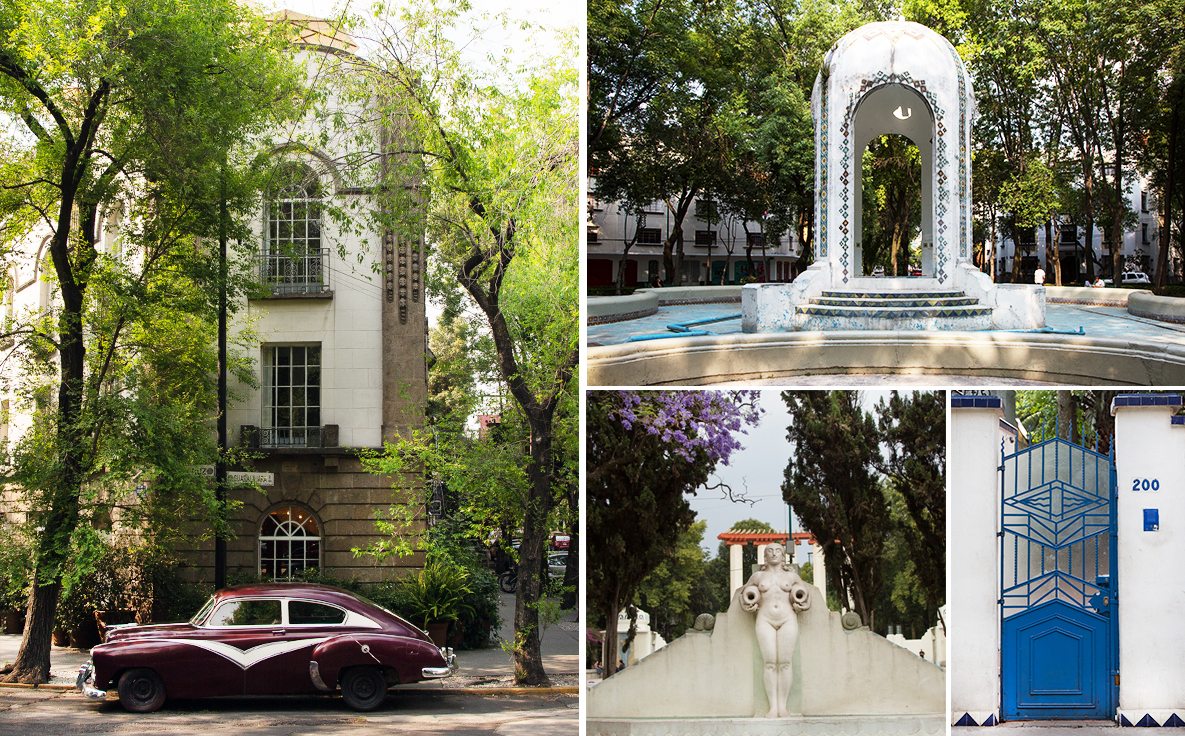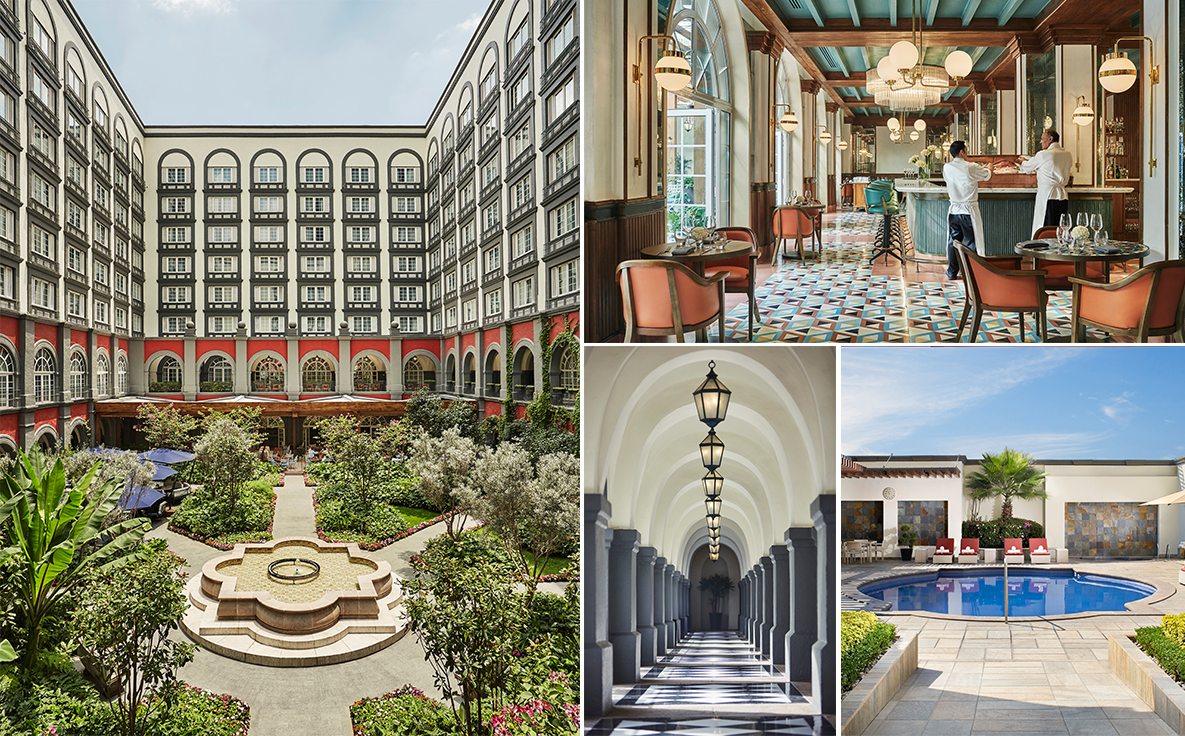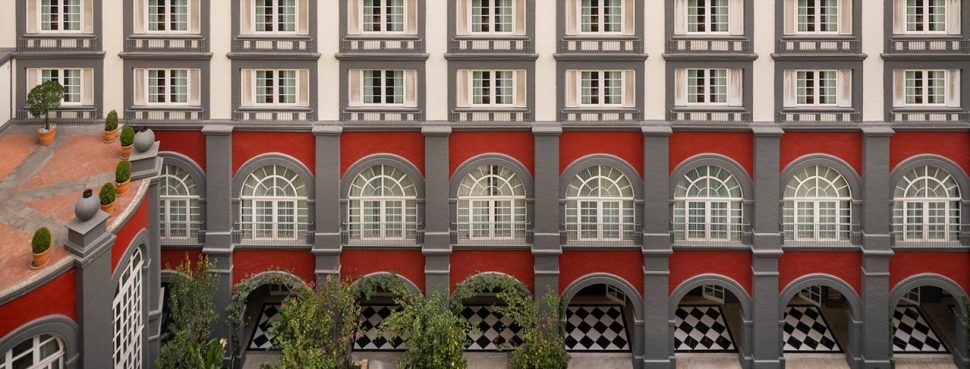The Michelin Guide awarded a total of 26 stars throughout Mexico in 2024. It was the first time the coveted restaurant guide recognized the country’s vast cuisine, which was molded by Mexico’s indigenous culture and the influences of Spain’s colonization that linger to this day.
It was also a pivotal moment in Mexico’s 13,000-year-old food culture, because the secret was officially out to the rest of the world: Mexican food is the best, boldest, and most diverse cuisine. The country that gifted the world such crucial staple ingredients as tomatoes, chiles, cacao, vanilla beans, chia seeds, spirulina, and perhaps the most quintessential ingredient used for everything from food to fuel—corn—finally got its overdue flowers on the international culinary stage.
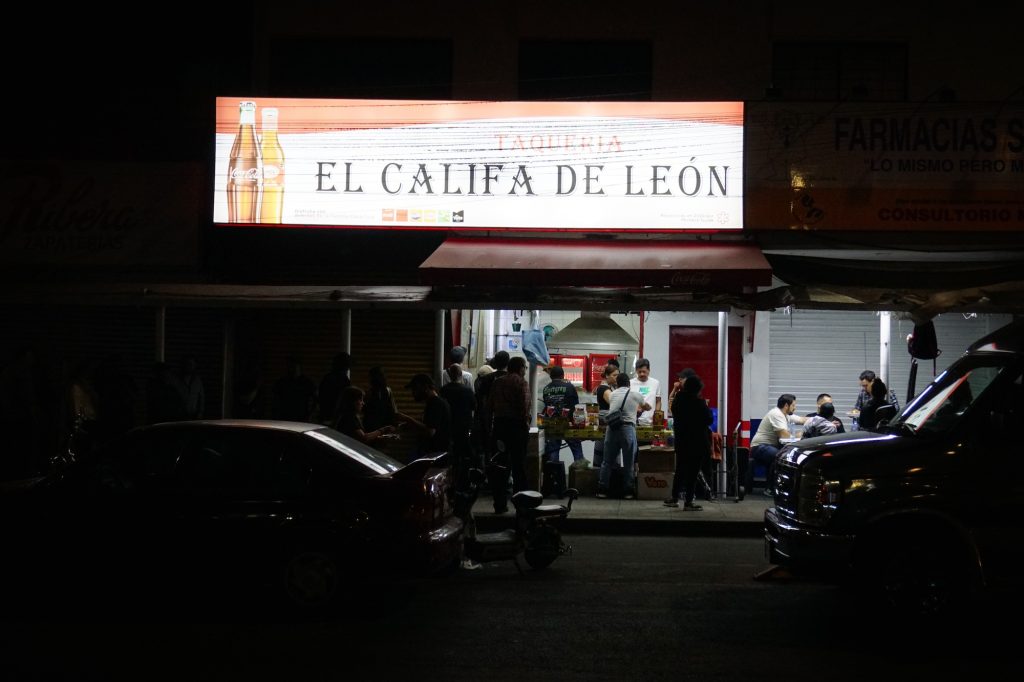
It’s not that a country that has maintained much of its indigenous identity and foodways needed a European-based tire company to validate its food. Still, the Michelin Guide aims a wrecking ball at the watered-down, cheesy, rich, sleeping-Mexican-on-a-saguaro representation of the cuisine that has existed around the world for so many years. “Many people don’t understand that Mexican cuisine is a ‘mother cuisine,’” says Pati Jinich, cookbook author, chef, and host of the PBS television shows La Frontera and Pati’s Mexican Table.
Jinich was a political analyst before she switched to food; now, she’s the country’s most prominent advocate for defending regional Mexican food throughout her work in the United States. “It’s a global cuisine with Mexican pillars,” she says, “and has become stronger and bigger thanks to all the immigrant waves that have come into Mexico.”
Arabic shawarma gave rise to al pastor tacos. Italian pasta begat fideo, Mexican-style angel hair cooked with tomato. From France arose Guadalajara’s baguette-like birote sourdough, the basis of Jalisco’s beloved lonches and tortas ahogadas. And the distillation tools and techniques for mezcal and tequila arrived via the Manila Galleon Spanish trade route from the Philippines to Mexico.
“Many people don’t understand that Mexican cuisine is a ‘mother cuisine,’” says Pati Jinich, chef and host of the PBS television shows La Frontera and Pati’s Mexican Table.
Mexico is also home to the world’s only Michelin star–rated taqueria, Taquería El Califa de León, located in Mexico City’s Cuauhtémoc district. Opened in 1969, it offers only four tacos, but they’re some of the country’s most simple, clean-tasting, and satisfying: seared bistec (chuck steak), grilled chuleta (pork chop), gaonera (ribeye), or costilla (beef rib). They are served on perfect corn tortillas made to order on a roller and simply adorned with a refreshing raw tomatillo salsa or a spicier and more complex red salsa made with dried red chiles.
Bring up Mexico City to any food-obsessed person, and they will likely start shouting out their favourite spots. The capital city—or CDMX (Ciudad de México), as it is now called, instead of its old name, “Mexico DF”—is home to nearly 10 million residents and boasts more than 57,000 restaurants, making for a dining scene rife with high-low thrills. Many of its inhabitants moved there generations ago from other parts of Mexico, and visiting there is one of the easiest ways to taste the country’s vast regional variations and enjoy both traditional food and new-school modern Mexican. (To experience the best of the city today, from street eats and local markets to mezcal tastings, discover Mexico City Food Tours led by local experts.)
A Taste of CDMX
One of my favourite ways to explore Mexico City’s restaurants is to start the day at El Cardenal in Centro Histórico and admire its traditional “captain service,” where an army of lifelong waiters is always ready to refill your mug full of frothy drinking chocolate until you say “stop”—and another server is right behind them offering freshly baked warm, tender conchas (sweet bread) sandwiched with nata, a Mexican spreadable sweet cheese that is somewhere between clotted cream and stracciatella.
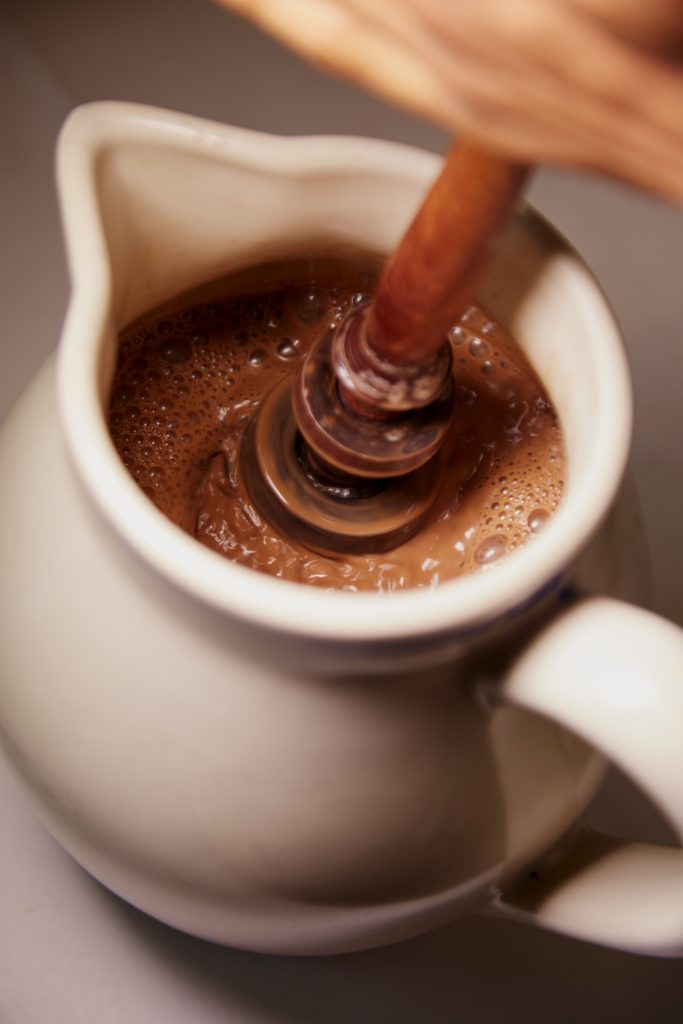
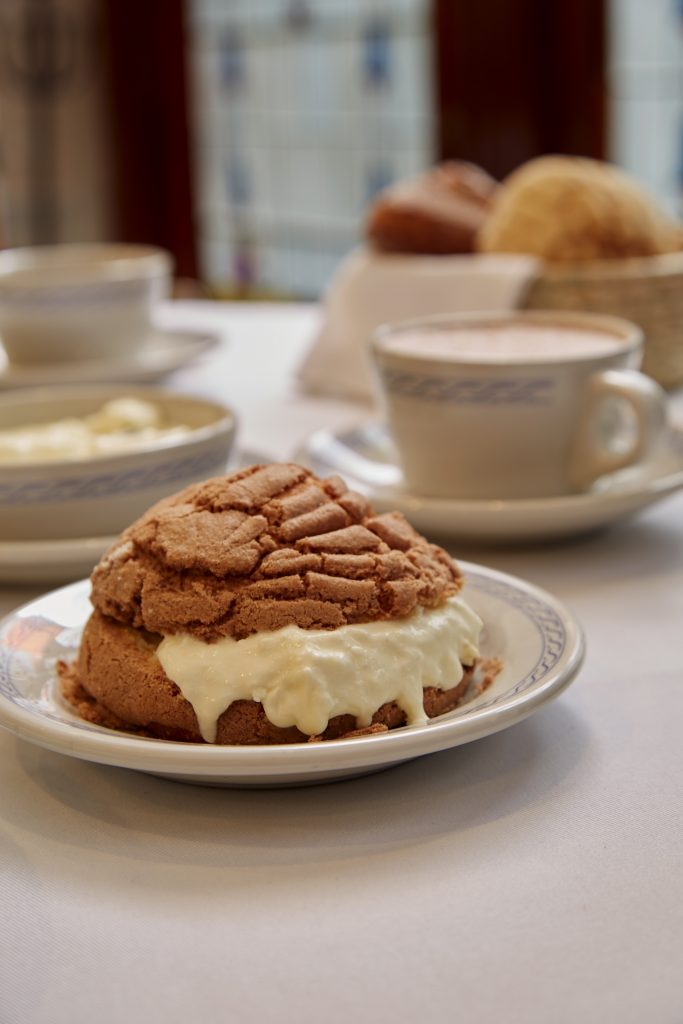
Afterward, I might walk off my breakfast through Centro’s bustling cultural sights and sounds at Templo Mayor, located next to El Cardenal, then go on to check out Diego Rivera’s magnum opus mural inside the Palacio de Bellas Artes. Mexico City is one of the most walkable cities, after all.
For a pre-lunch snack, I would take a cab to my favourite raw bar in the world, Mi Compa Chava. It specializes in Mexico’s national seafood delicacy of scallop-like pen shell clams called callo de hacha, hand-dived and delivered every other day from Sonora. Each clam is the size of a jicama and seasoned to eye-opening levels of umami with chef Salvador “Chava” Orozco’s crushed peppercorn-like chiltepín chiles and salsas. Also obligatory is the handmade coconut soft serve, and if you are lucky enough to be there during Mexico’s mango season, their mango variation made with Colima’s rare barranqueño variety of ultra-sweet mangos.
Next comes lunch at Oma, the Japanese omakase restaurant helmed by Abraham López, the Japanese-trained chilango (what you call someone who is proud to be from Mexico City) sushi chef at Four Seasons Hotel Mexico City. He proudly sources his menu using 90 percent Mexican ingredients, including responsibly farmed bluefin tuna, totoaba fish, and Japanese vegetables grown in Cuernavaca, Mexico City’s nearby city with warmer weather.
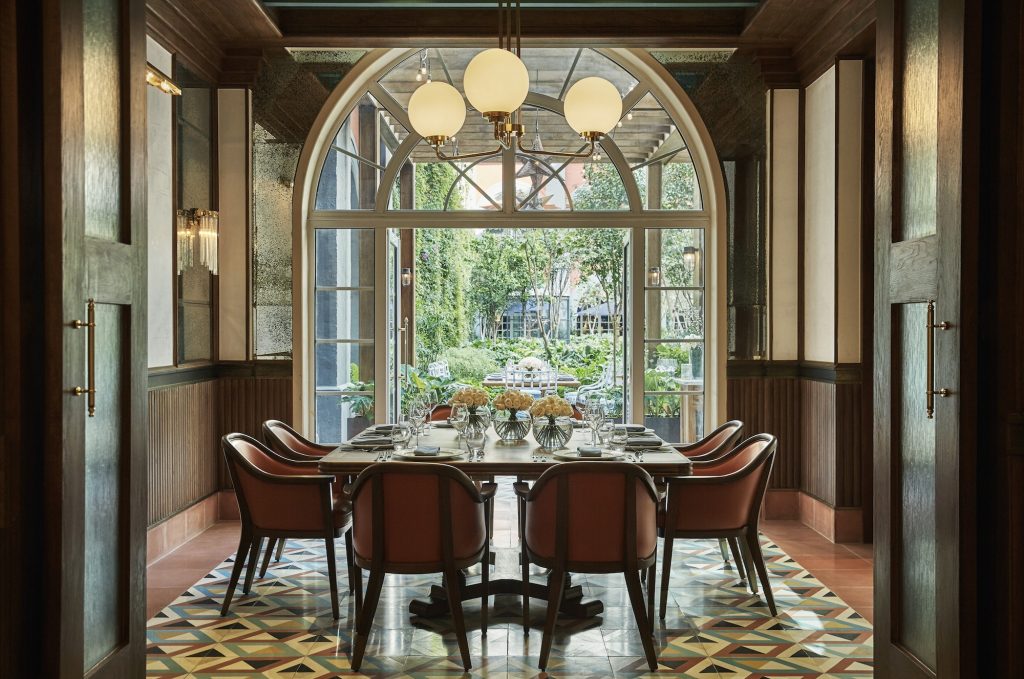
López sees many parallels in Mexican and Japanese cuisines, because they both greatly respect ingredients and tradition. “I carry the Japanese spirit of wanting to get better every day,” he says.
Omakase and tastefully inspired Mexican sushi are having a moment in Mexico, with restaurants like Oma calling dibs on prized seafood like toro and uni before it departs to Tokyo. On López’s menu, he takes inspiration from his Oaxacan roots and his mother, and he grates cacao onto Baja-grown kampachi and sears it so it’s juicy and filled with sweet and salty flavours. “Omakase does not have to be monotonous,” he says. “My favourite moment is when Japanese and Korean customers are skeptical about having a Mexican omakase and leave surprised and shocked to hear that our seafood is all from Mexican waters. I love changing perceptions.”
For a more traditional coastal dinner, visit Zanaya, the innovative Mexican seafood restaurant at Four Seasons Hotel Mexico City. Its menu is influenced by the cuisine of the state of Nayarit—a true Mexican seafood powerhouse. There you can make your own tableside tacos with the menu’s smoky pescado zarandeado (fire-grilled fish) or try the electric-like aguachile, which is as spicy as it is refreshing. Either dish will transport you right to the Bahía de Banderas at first bite.
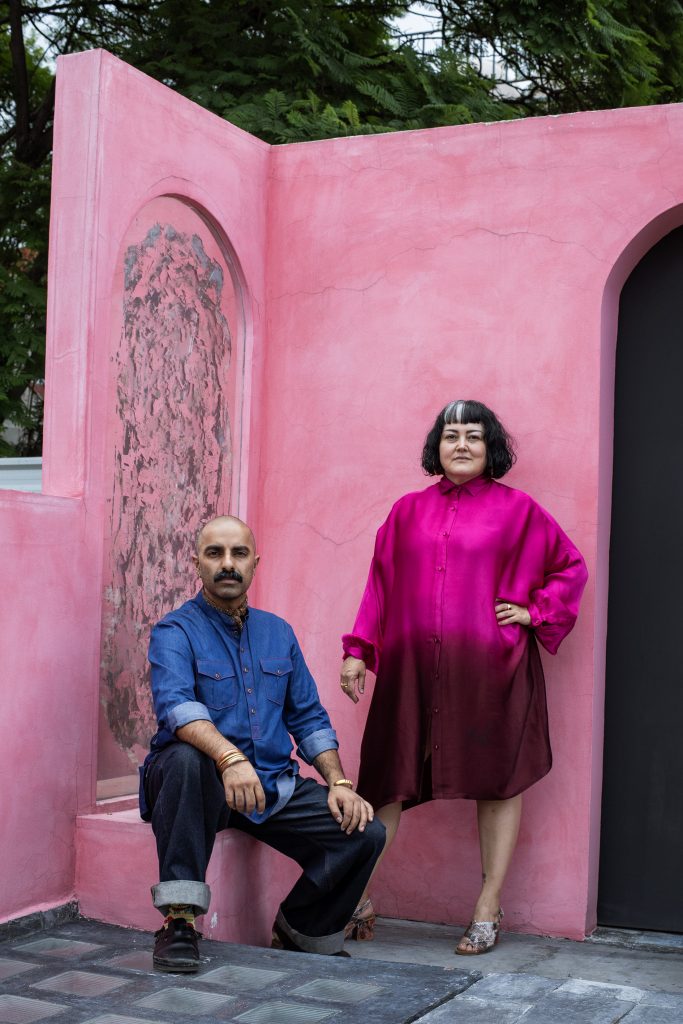
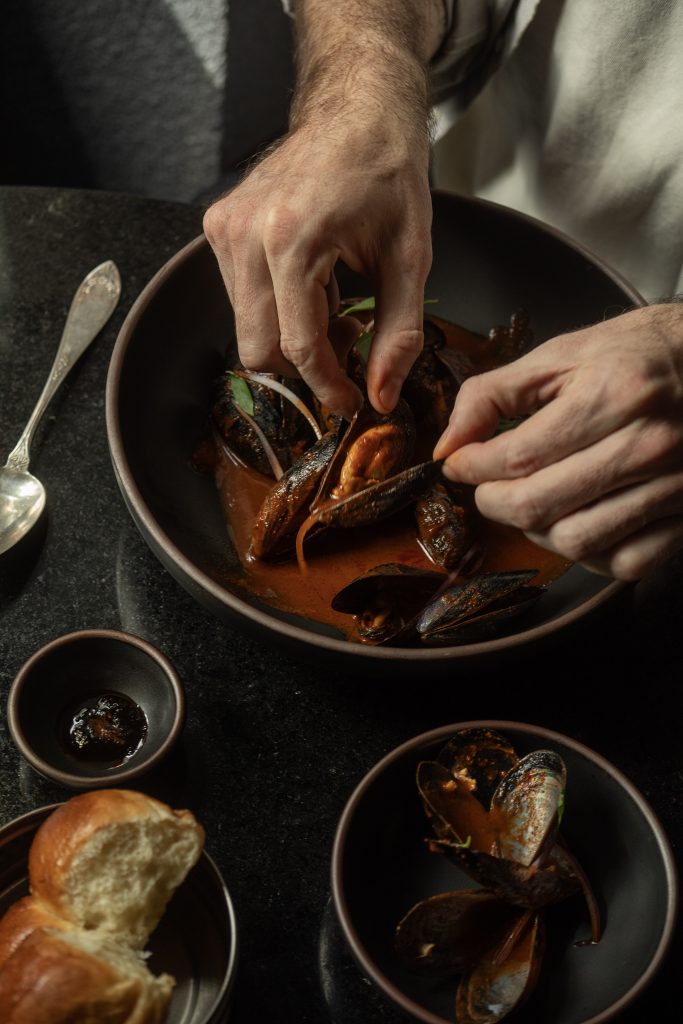
A mind-melting dinner—equal parts art, food, politics, and deliciousness—awaits at Masala y Maíz. Chefs and owners Norma Listman and Saqib Keval are among Mexico City’s most passionate advocates for human rights. They let it be known through a revolving “call to action,” a radical phrase posted on the front of their menus, and through interactions with their servers.
It’s a thinking person’s restaurant that melds South Asian, East African, and Mexican flavours and techniques in one stunning setting. Standout dishes include coconut milk esquite (warm shaved corn in broth), large shell-on prawns gently cooked in vanilla bean–perfumed ghee, and a vegetarian infladita de maíz, which one eats like India’s street food, pani puri. The wine list is all natural grapes and the kind of juice that sparks a conversation with your dining companion, sometimes by the colour alone as it is poured.
To end my ultimate day of indulging in CDMX, I would head to Enrique Olvera’s lesser-known lo-fi mezcal bar, Ticuchi, where guest deejays spin vinyl. Olvera is Mexico’s most prolific chef and the pioneer of modern Mexican food. His flagship restaurant, Pujol—featuring a tasting menu and a taco omakase bar—was awarded two Michelin stars last year.
Ticuchi is his much more laid-back concept. Its six different margarita variations are all refreshing in their own way, and the more alcohol-forward “Nosferatu” Negroni, infused with cacao blossoms, is one of the best cocktails in the city. Olvera-approved bar snacks include the utterly sensational tamal de esquite.
